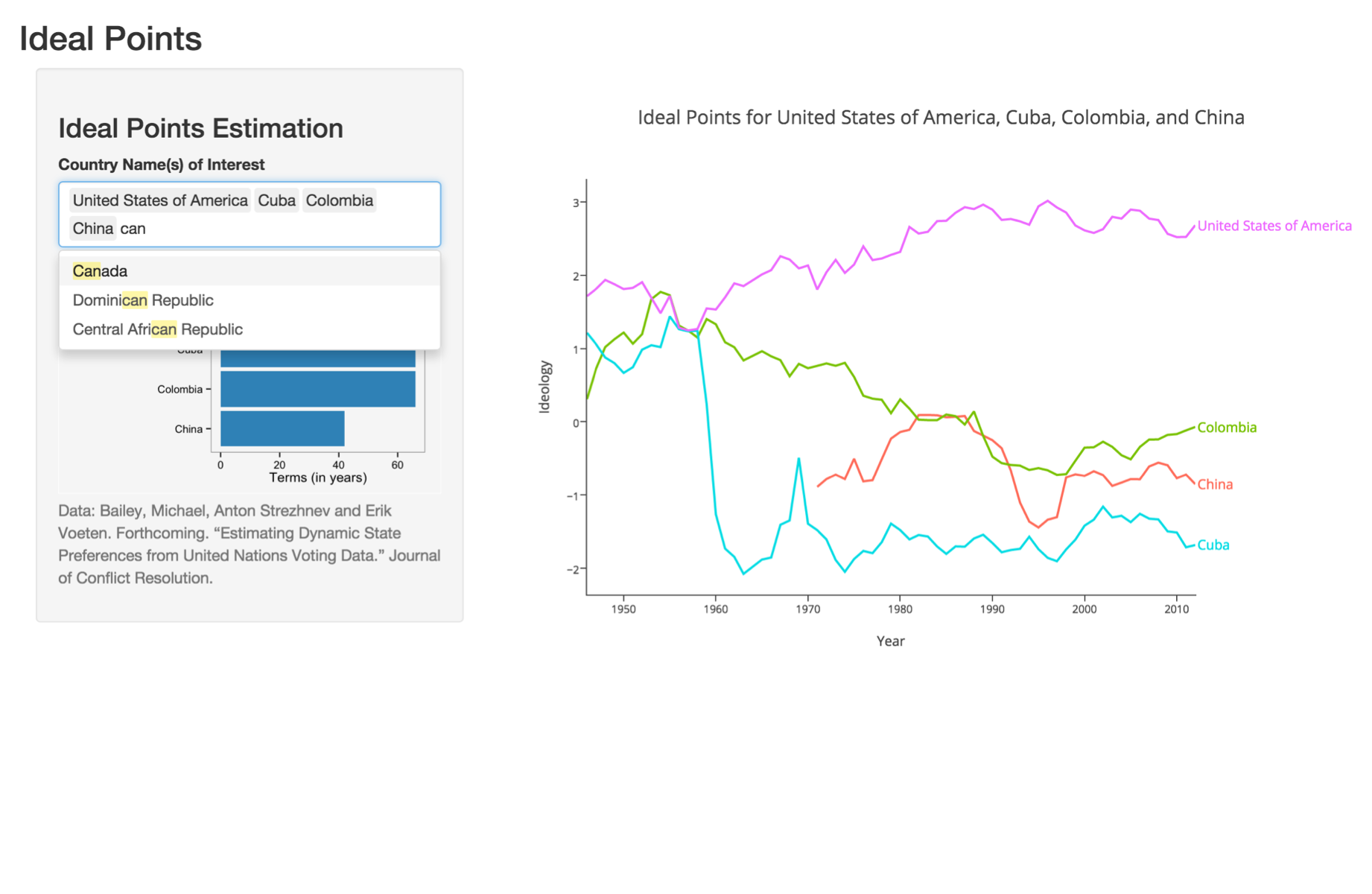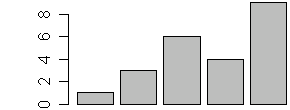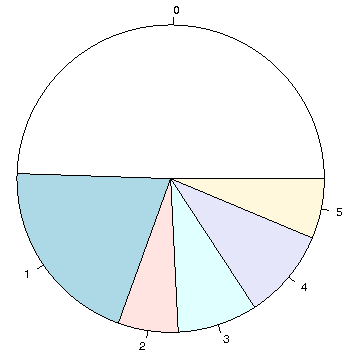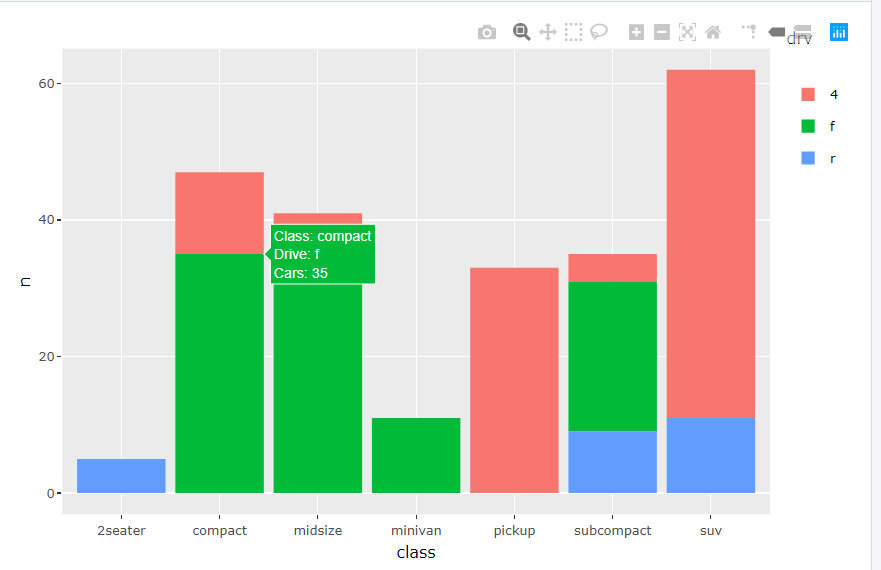

- #BAR GRAPH R SHINY HOW TO#
- #BAR GRAPH R SHINY CODE#
The character string assigned to the inputId argument will be the variable name used to access the value(s) selected or provided by the user. All widget functions, at minimum, include an inputId and label argument. In the subsequent development we’ll use slider bars, dropdown menus, and check boxes. Shiny package widgets are used to collect user provided inputs (visit the Shiny Widget Gallery to get a sense of the different kinds of input dialogues). There are two ways to do this: 1) use the RStudio button in the top right of the script window or 2) type the function runApp('file location') in the RStudio console, where file location is replaced with the relative path to the directory where app.R is saved.
#BAR GRAPH R SHINY CODE#
Copy the code in “app.R version 1” into app.R. In the “ShinyPractice” directory, create a blank R script called app.R. Create a new directory called “ShinyPractice”. 
Follow the subsequent steps to create and run this Shiny app:

The script file that defines this basic application is called app.R and is provided in the code block below called “version 1”. We begin by defining a very basic Shiny application script upon which we can build the desired functionality. Given the namesDF data, our goal over the next few sections is to develop a Shiny application that allows users to explore age distributions for males and females. # $ Last : chr "Poole" "Dowd" "Wilkins" "Murray". # $ First: chr "Sarah" "Boris" "Jessica" "Diane". NamesDF <- read.csv( "", stringsAsFactors = FALSE) str(namesDF) # 'ame': 200 obs.
16 Solutions to Selected Practice Problems. 15.6 A Summary of Useful graphics Functions and Arguments. 14.3 Fourier Transforms and Spectrograms. 14.1 Introduction to Digital Signal Processing. 13.2 Difficulties of Working with Large Datasets. 9.4.2 Michigan Campgrounds Server Logic. 9.4 More Advanced Shiny App: Michigan Campgrounds. 8.7.2 Logical, Index, and Name Subsetting. 8.7.1 Fetching and Cropping Data using raster. 8 Spatial Data Visualization and Analysis. 7.2 Programming: Conditional Statements. 6.2 Importing data with missing observations. 4.7.2 Logical Subsetting and Data Frames. 4.7.1 Modifying or Creating Objects via Subsetting. 
4.5.1 Accessing Specific Elements of Lists.4.4.1 Accessing Specific Elements of Data Frames.4.1.2 Accessing Specific Elements of Vectors.3.4.1 Creating and processing R Markdown documents.3.3 Best practices for naming and formatting.2.6 Workspace, working directory, and keeping organized.
#BAR GRAPH R SHINY HOW TO#
1.6 How to learn (the most important section in this book!). Select(one_of(c("Country", c("Attribute1", "Attribute2")))) %>%Ĭreated on by the reprex package (v0.3. library(tidyverse)įilter(Country %in% c("Australia", "Bangladesh", "Argentina")) %>% The data pass to ggplot will like the following. For example, I select Australia, Bangladesh and Argentina in input$selects and Attribute1 and Attribute2 in input$selects2. You have to use the two selectInput to tidy your data and made the useful data in column. The concept of ggplot is column based, so you cannot use the two selectInput directly as the arguments of aes because they are not the column name. ShinyApp(ui = ui, server = Your code problem just the data table pass to ggplot is not right. Geom_bar(aes(group = Attribute, fill = Country), stat = "identity", color = "blue") Ggplot(data = data, aes(x = Country, y= value)) + Select(one_of(c("Country", input$selects2))) %>% So how do I link the UI and Server part together? And basically how do reactive plots work? Geom_bar(stat = "identity", color = "blue", fill = "Country") Ggplot(data = sample, aes(x = input$selects, y= input$selects2)) + # Define server logic required to draw a histogram # Show a plot of the generated distribution SelectInput(inputId = "selects2", choices = Atts, label = "select attribute", Label = "Select Region", multiple = TRUE), SelectInput(inputId = "selects", choices = Ctrs, # Define UI for application that draws a histogram I started it like this way however I know there are many things which are need to be added. I know it sounds a bit basic, but I would like to make an interactive barplot which can handle multiple x and y axis whether the user would like to use it.








 0 kommentar(er)
0 kommentar(er)
